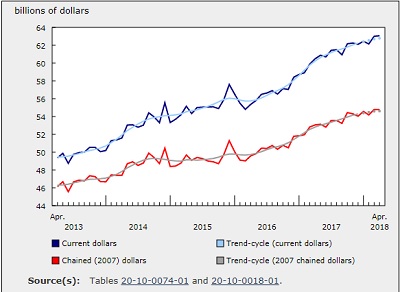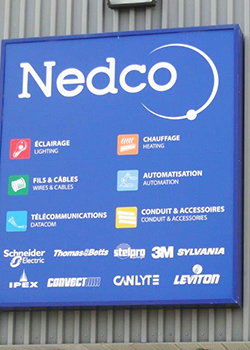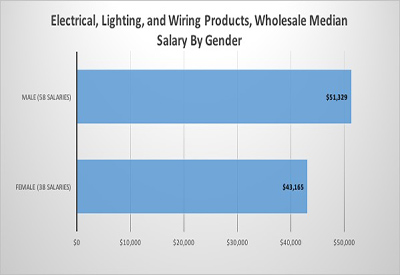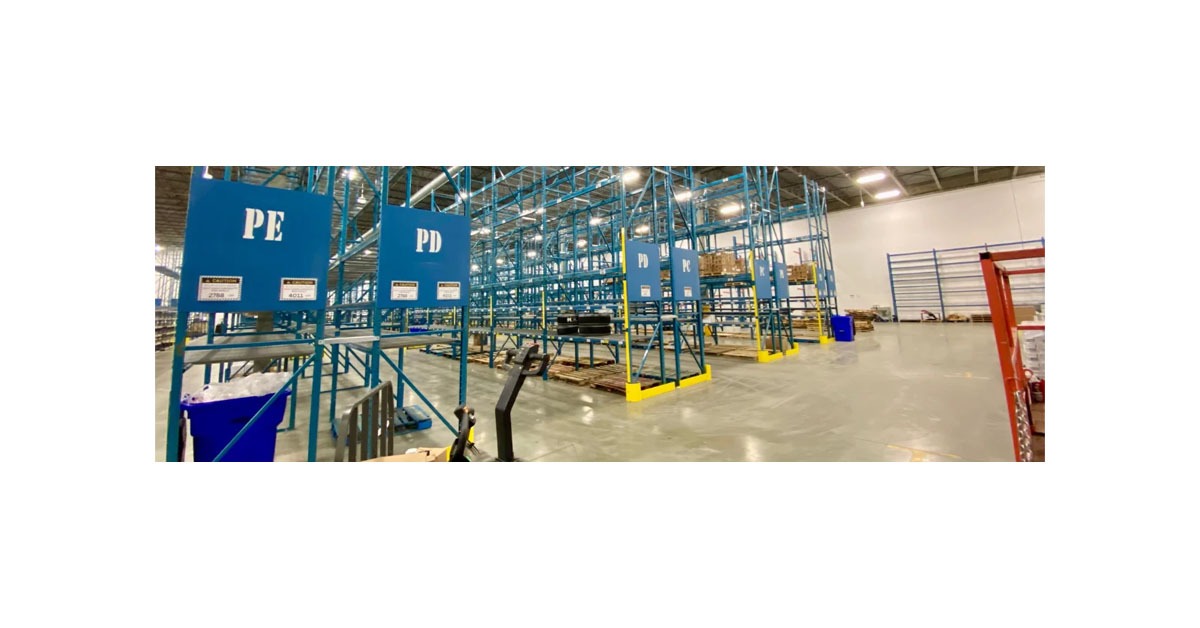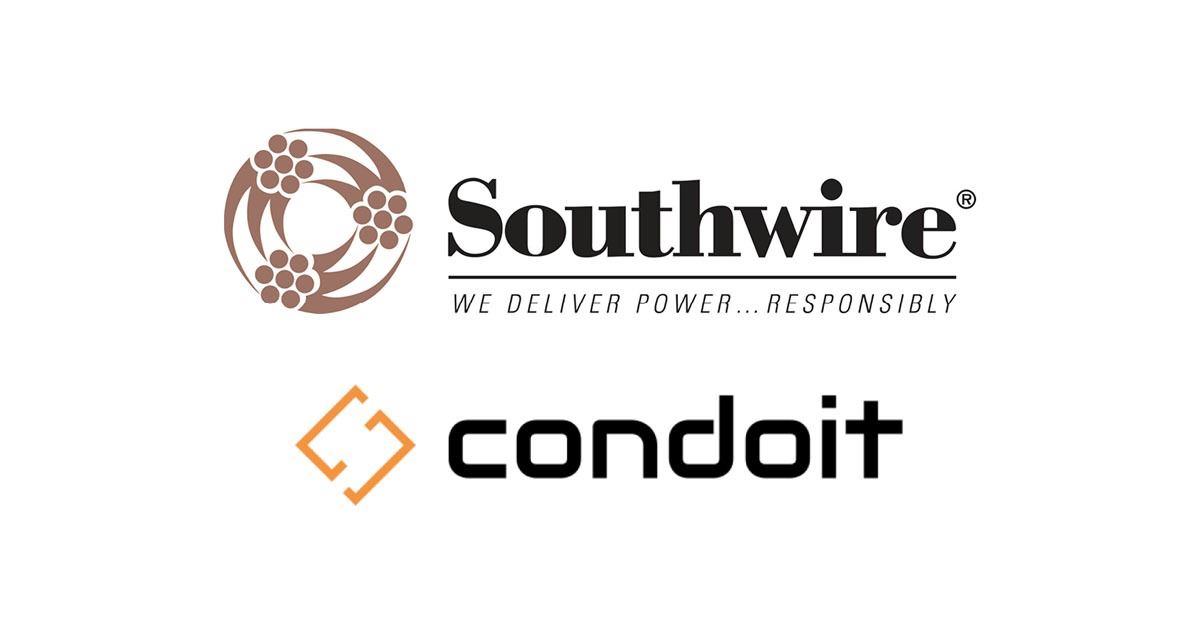How COVID-19 May Change Technology Usage in Different Markets

Apr 29, 2020
By Ron Tellas
As we adjust to new ways of living and working amid this global pandemic, an interesting question arises: How will these shifts impact us long term? Will the habits we’ve formed and the new technology we’ve relied on so much over the past few weeks become our new norm? Will COVID-19 serve as a change agent, transforming the way we use technology?
In many ways, recent technology advancements are doing more than changing how we work. They’re helping us adhere to social distancing and stay-at-home orders, keeping non-essential workers at home while those on the frontlines head out every day to help fight this battle. Without our progress toward faster speeds, more bandwidth and applications such as videoconferencing, many of us would be struggling much more than we are to get work done, keep in touch with family, and even keep food delivered to our front door — without having to leave our homes.
This pandemic is also an indicator of how reliant we are on connectivity (or the “fourth utility”). After spending a few months getting used to telemedicine, distance learning and remote work, it’s likely that demand for these types of services will go up as we move forward. People will continue to demand quality, 24/7 connections — even as we slowly return to “normal.”
We’ve pulled together a few examples of how technology usage is rapidly changing specific markets.
How enterprises are changing
In workplaces, telecommuting became more prevalent nearly overnight. Employees who were used to traveling to an office every day have begun to complete their work from home. Frequent travelers are learning to conduct business in new ways.
This sudden shift to remote work and no travel has increased data demands significantly. Instead of attending in-person meetings, for example, workers are relying on platforms like Zoom, Skype and GlobalMeet to communicate and collaborate. According to Bernstein Research, for example, Zoom has already seen more users in the first three months of 2020 than it did in all of 2019.
Because these systems are being used more often, the result is lower throughput. (If you’ve been on spotty conference or video calls lately, you know what we mean) Speeds have decreased and connections are sometimes interrupted because so many more users are demanding data transmission at the same time.
If reliance on these kinds of technology continues, changes will have to be made to IT infrastructure to reliably support large numbers of users while providing clear communication without dropped connections.
How healthcare is changing
To encourage social distancing and keep people safe, many healthcare organizations are encouraging patients to use telemedicine to communicate with clinicians when possible instead of coming in for appointments.
Online healthcare consultation requires infrastructure that can support the tools needed for success. Healthcare networks not only need to be able to support high speeds and more bandwidth as they dive into telemedicine, but also ensure secure connections.
How education is changing
Colleges, K-12 districts and even businesses that house applications within their own facilities (not in the cloud) are experiencing increased strain on networks and VPNs.
Students and teachers have had to adapt quickly to learning and teaching online instead of communicating face to face in classrooms. Just as with enterprise usage, this shift to online communication and collaboration has boosted the use of videoconferencing platforms in education.
Once we move past COVID-19, online education may become core to schools’ plans for academic continuity in the future. To make this possible, changes will have to be made to IT infrastructure to reliably support large numbers of users while providing clear communication without dropped connections.
How infrastructure is changing
What do these changes mean in terms of the applications these markets use, and the infrastructure they rely on to make it all happen? There are a few emerging trends that could be fast-tracked as a result of COVID-19 as we look toward tomorrow:
• 5G and edge computing. For example, 5G and edge computing could be key to increasing speeds and keeping up with high data demands. Instead of relying on large, centralized data centres, for example, moving compute power to the edge and connecting it through 5G could boost throughput to support telemedicine, distance learning and telecommuting. Although every network is different, one thing will remain true for networks that support 5G: lots of fibre will be needed to support real-time data collection, unlimited bandwidth and higher capacity. The launch of 5G will bring enhanced capacity and lower latency straight to networks. Legacy copper-based infrastructures that have supported connectivity so well for so long may not be able to keep up with 5G bandwidth demands.
• Wi-Fi 6 may also gain faster momentum amid COVID-19, along with Wi-Fi 6E. (Wi-Fi 6E increases the bandwidth available to the full Wi-Fi 6 feature set, creating the next generation of wireless communications and networking found in the 6 GHz band.) Wi-Fi 6 not only improves upon current Wi-Fi features, but also supports higher data rates with peak Gigabit speeds, increased capacity with reduced latency, and high performance levels in dense environments. Trouble-free performance of a Wi-Fi 6 network can only be guaranteed by using a high-performance cabling infrastructure to support it. In the case of Wi-Fi 6, for example, Category 6A cabling is needed for many reasons. It supports data rates up to and including 10GBASE-T for data-intensive applications, is capable of dissipating heat, and has improved thermal performance to handle higher cable temperatures.
What other markets are being impacted by COVID-19? As we come across other ways our industry is shifting amid this pandemic, we’ll continue to keep you informed.
Ron Tellas is a subject matter expert in RF design and electromagnetic propagation. He represents Belden in the ISO WG3 committee, TIA TR42 Premises Cabling Standards, IEEE 802.3 Ethernet Working Group and is a committee member of NFPA 70 Code-Making Panel 3. Ron is the inventor of 16 US patents. He has a Bachelor of Science degree in Electrical Engineering from Purdue University, a Master of Science degree in Electrical Engineering from Illinois Institute of Technology, and a Master of Business Administration from Purdue University.
This article was first published online by Belden; www.belden.com/blog/smart-building/how-covid-19-may-change-technology

